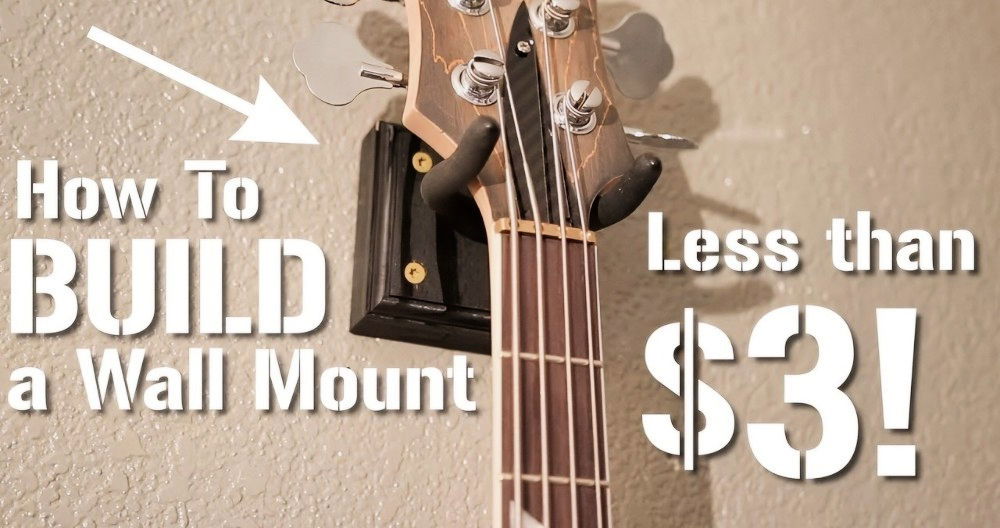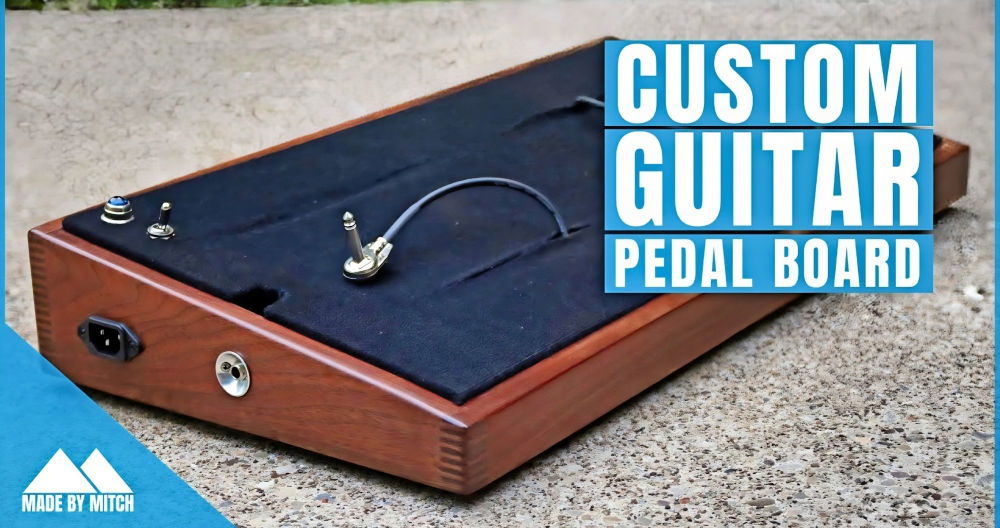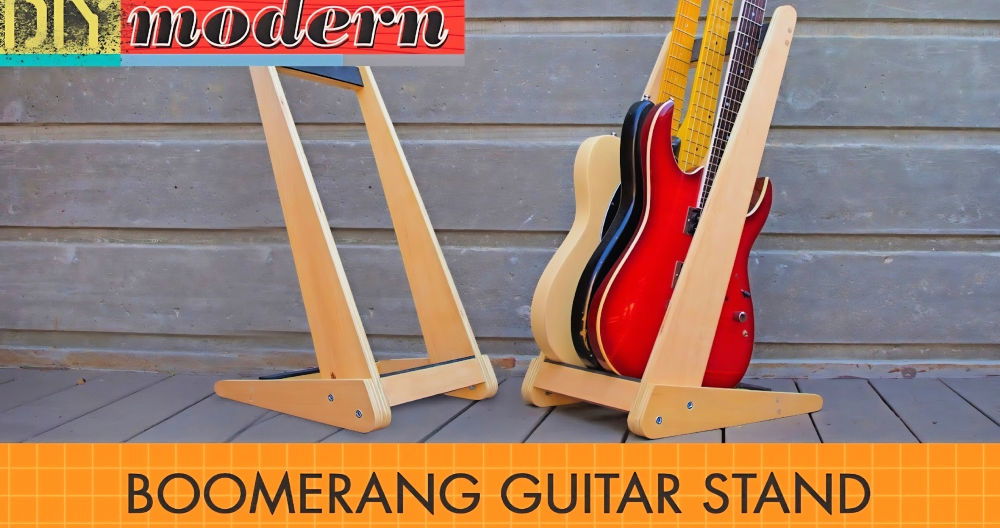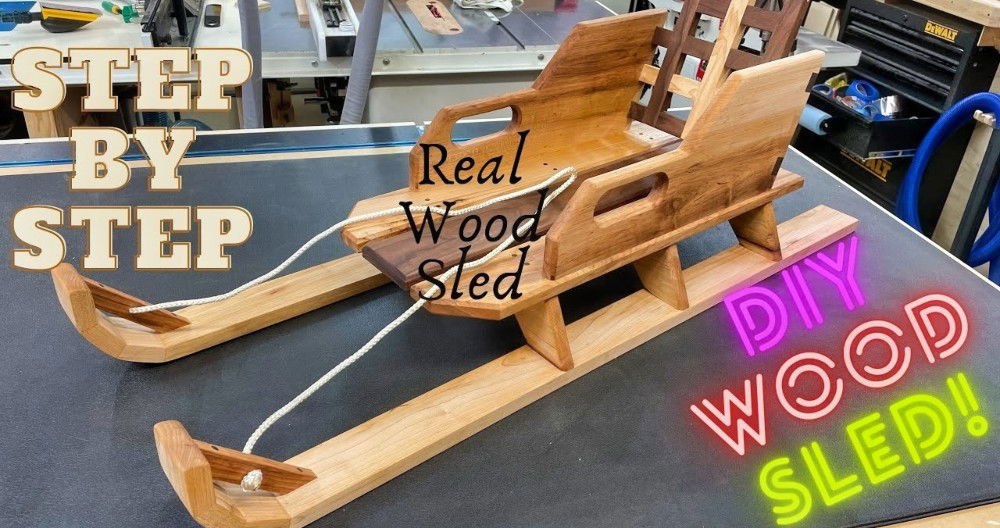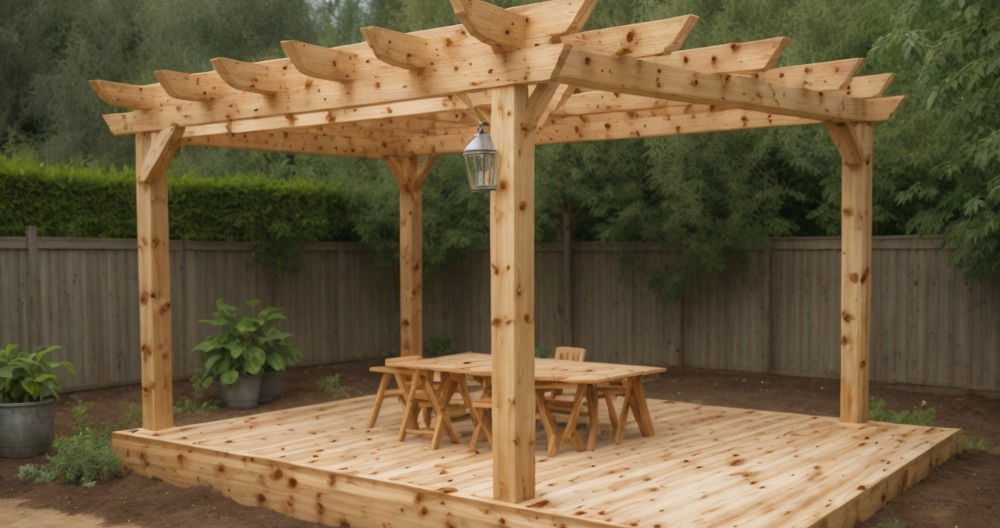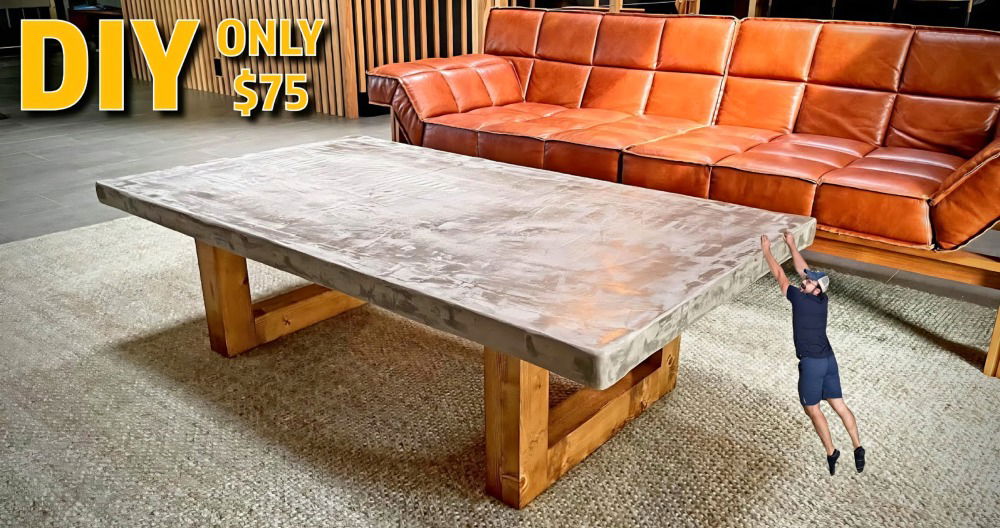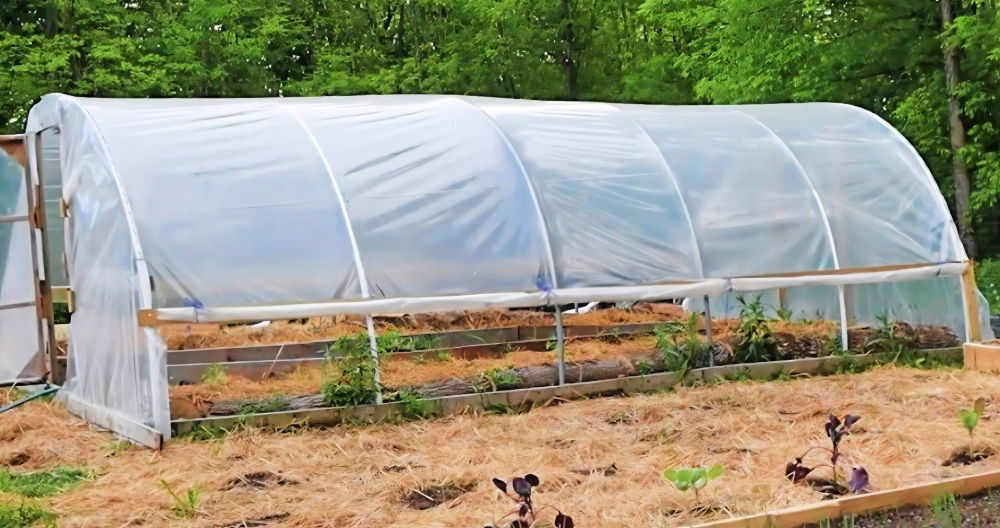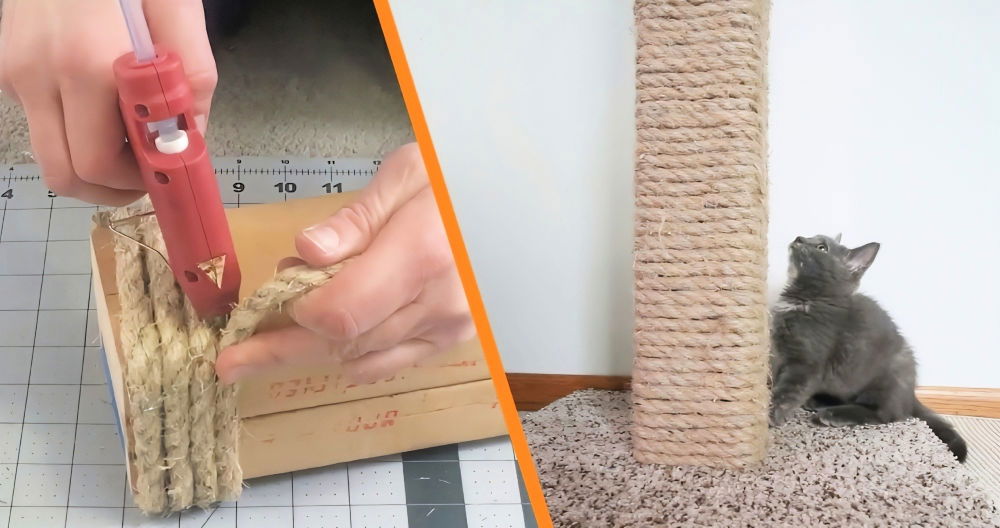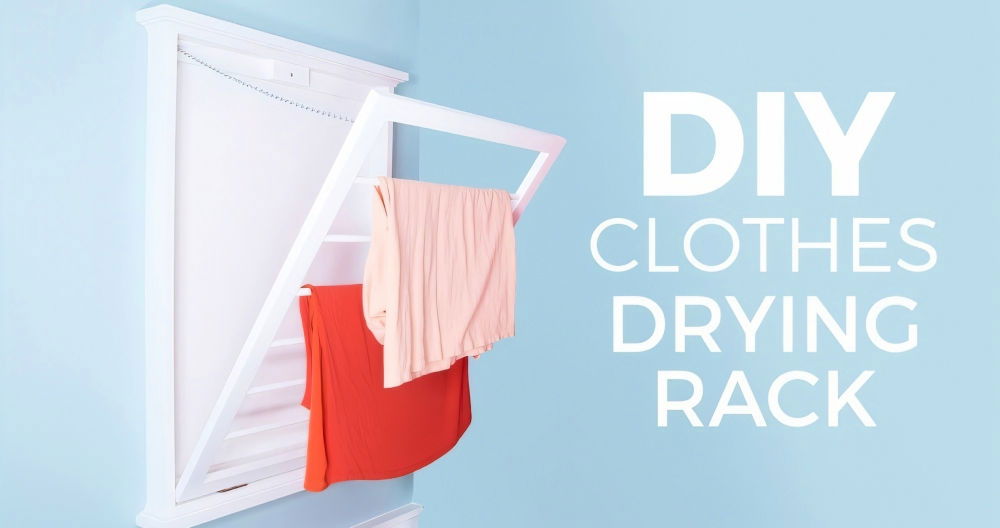I'd never built a guitar amplifier in my life, nor had I even contemplated the idea. Yet there I was, holding an email from Jerry McNutt at Eminence, suggesting that I build a DIY guitar amplifier. Naturally, I was caught off guard, "Jerry, I've never done this!" But he was insistent, excited about the project, and keen to get me started.
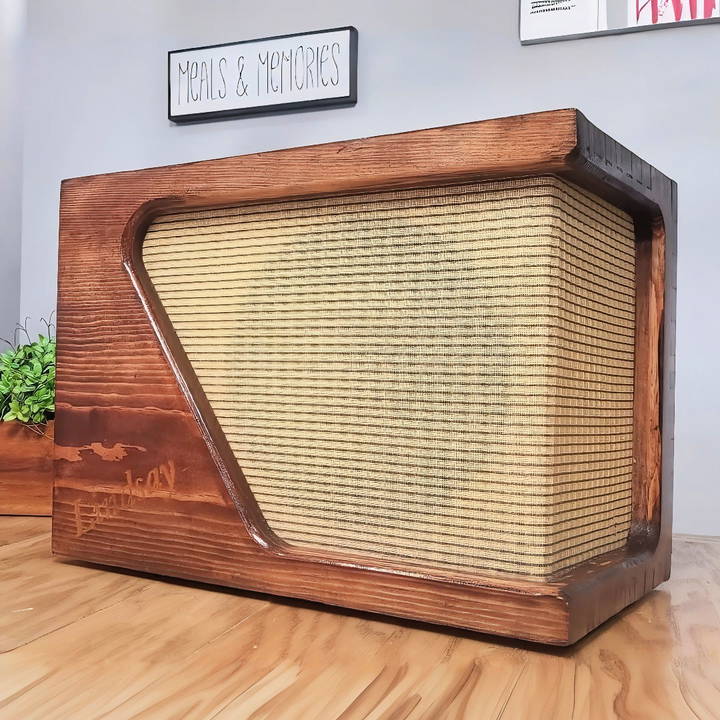
Soon, I found myself with a Patriot eight-inch woofer in my possession and a newfound curiosity to dive into the world of DIY guitar amplifiers. This is how my journey began in crafting what I lovingly called "The Lindsay," my very own DIY guitar amplifier.
Gathering Materials and Initial Research
My first task was research. I learned that many guitar amplifier enthusiasts preferred pine wood for its unique resonant qualities. Pinewood could lend a distinct sound to an amplifier, working in tandem with the Patriot speaker to make something remarkable. So, I ventured to Home Depot and bought some pine wood. Thankfully, this was during a time when wood prices hadn't hit astronomical levels, allowing me to gather all the materials I needed to construct the amplifier's enclosure at a reasonable expense.
Why Pine Wood?
Pine wood wasn't just a random choice. It's a lightweight, durable material that resonates well, giving guitar amplifiers a warm, vintage sound. This, combined with its availability and cost-effectiveness, made it an ideal choice for my project.
Step by Step Instructions
Learn how to build a DIY guitar amp with step-by-step instructions. From vintage styling to final adjustments, get expert tips and tricks for your project.
Designing the Amplifier: Blending Vintage Style with Modern Functionality
As I examined various guitar amplifiers, I found that most looked quite standard, lacking any standout features. I was determined to make something special—something with a vintage touch, yet practical and stylish. I combed through images of old amplifiers, picking features I admired and sketching out rough designs.
Building the Vintage Vibe
To embody that retro feel, I envisioned a handmade look with detailed box cuts. Using a CNC machine, I programmed it to make intricate box cuts, ensuring the amplifier would not only perform but also look stunningly vintage.
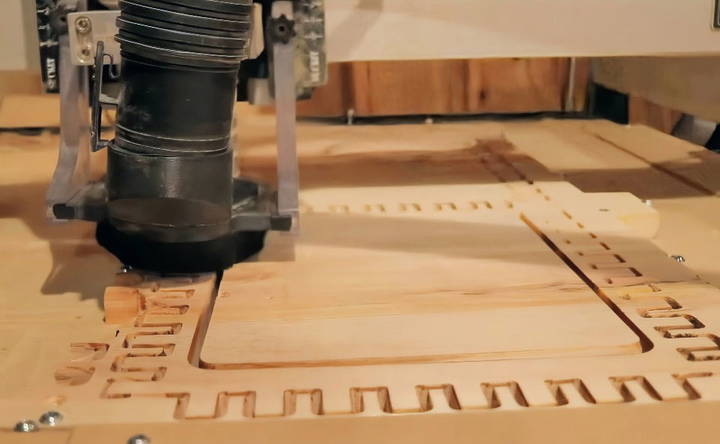
DIY Assembly Tip: Insulating the Sound
In any amplifier build, sound insulation is critical. I made sure to enclose the speaker area effectively so that no sound would seep through unnecessary gaps. This attention to detail ensures that the sound is concentrated and enriched within the enclosure.
Selecting the Amplifier Module
Next, my task was to figure out the amplifier section. After browsing through various options on the Parts Express website, I stumbled upon a special buyout on a Footnote amplifier. This compact unit was perfect for bedroom setups and had the ability to accommodate foot pedals—a versatile feature I appreciated.
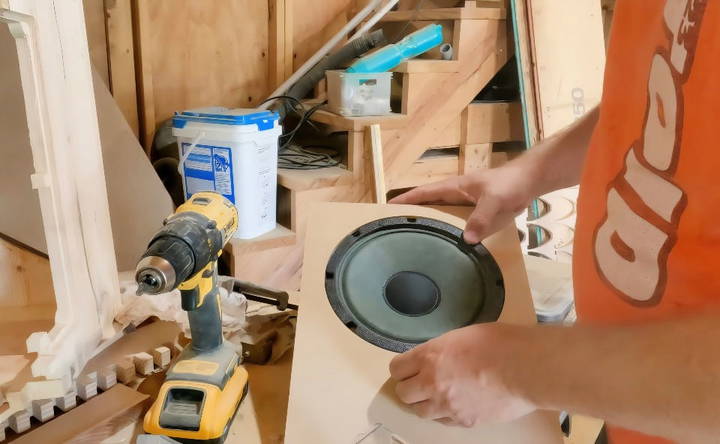
Dealing with Voltage Limitations
The Footnote amplifier originally operated on 9 volts, which limited its power output. However, I discovered it could perform up to 12 volts. The challenge was that the foot pedals couldn't handle anything above 9 volts. My solution? A step-down converter. By inserting this converter between the board and the foot pedals, I could power the amplifier at 12 volts while keeping the pedals safely at 9 volts. This tweak maximized the amplifier's potential without compromising on functionality.
The Dilemma: Closed Back or Open Back Design
A crucial decision awaited me—should I opt for a closed back or an open back amplifier design? This choice influences the sound greatly, with each configuration offering a distinct tonal quality.

Collaboration with Experts
I consulted Jerry McNutt again. His suggestion was intriguing: Why not have both options? A hybrid where the back panel could be easily removed to switch between closed and open back configurations. It was a bit more work, but the flexibility it offered was well worth it.
Open vs. Closed Back: What's the Difference?
- Closed Back: Offers a tighter, more focused sound. Ideal for players who prefer strong bass and clear projection.
- Open Back: Provides a softer, more ambient sound, allowing for greater sound dispersion, ideal for softer, more atmospheric music.
Assembling the Amplifier: The Joy of Creation
With all the individual parts ready and my design sorted, it was time to put "The Lindsay" together. The assembly process was meticulous but rewarding, as I carefully aligned and secured each component.
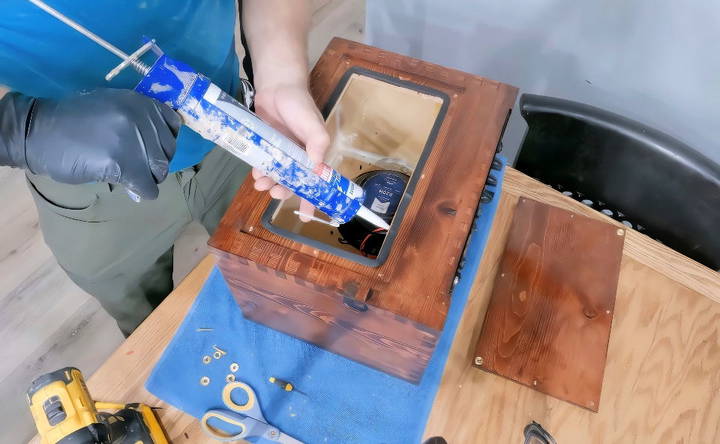
Final Adjustments and Checking Quality
I paid close attention to the build quality, ensuring everything was sturdy and that there were no loose ends. The woodworking from the CNC machine was polished, and the connectors were double-checked for stability.
Sending Off to Eric: Truth and Validation
Upon completion, I sent the amplifier to my friend Eric, who had a better ear for guitar sounds. I was aware that I lacked experience with guitars and trusted Eric's expertise to give me a genuine review.
The Verdict: How Did "The Lindsay" Fare?
Eric's feedback was positive. He appreciated the clarity and sensitivity of the amplifier powered by the Eminence speaker and enjoyed the aesthetics of the retro wooden enclosure. The versatile setup allowed him to use pedals effectively, and the hybrid back panel was a hit, offering him new ways to experiment with sound.
Reflecting on the Experience: Lessons Learned
Looking back at this project, building a DIY guitar amplifier taught me several valuable lessons. Embracing challenges, leveraging expert advice, and turning a conceptual design into a real object can be incredibly fulfilling.
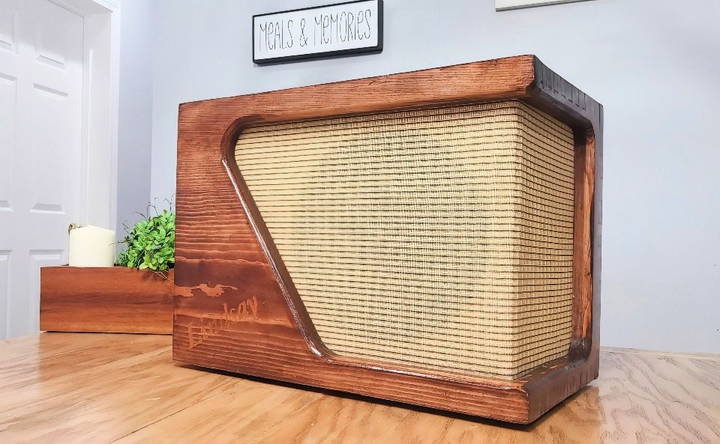
Key Takeaways for Aspiring DIY Enthusiasts
- Research is Paramount: Understand the components you need and why. A well-informed plan saves time and money.
- Design Mindfully: Incorporate features that align with your aesthetic and functional goals.
- Flexibility is an Asset: Designing adaptable elements, like the hybrid back, enhances both functionality and appeal.
- Seek Expert Input: Don't hesitate to ask for advice where needed. Collaboration can inspire innovation.
- Enjoy the Journey: Appreciate the DIY process—from ideation, construction to final feedback. Each step is a learning experience.
Customization Tips
Customizing your DIY guitar amp can be a fun and rewarding experience. Here are some tips to help you tailor your amp to your personal preferences and needs.
Sound Customization
- Tube Selection: Different tubes can significantly alter the sound of your amp. Experiment with various types to find the tone you prefer. For example, EL34 tubes offer a warm, mid-range sound, while 6L6 tubes provide a cleaner, brighter tone.
- Speaker Choice: The speaker is crucial in shaping your amp's sound. Consider trying different speakers to see which one complements your playing style. Celestion and Jensen are popular brands known for their distinct sounds.
- Tone Controls: Adjusting the tone controls (bass, mid, treble) can help you fine-tune your sound. Spend time experimenting with these settings to achieve the perfect balance for your music.
- Capacitor Swaps: Swapping out capacitors can change the frequency response of your amp. Higher-value capacitors can enhance bass response, while lower-value capacitors can boost treble.
Aesthetic Customization
- Cabinet Design: Customize the look of your amp by designing your own cabinet. You can choose different materials, colors, and finishes to match your style. Consider using hardwood for a classic look or tolex for a more modern appearance.
- Control Knobs: Replace the standard control knobs with ones that reflect your personality. There are many options available, from vintage-style knobs to colorful, modern designs.
- Faceplate Graphics: Add custom graphics or artwork to the faceplate of your amp. This can be done using decals, paint, or even engraving. Personalizing the faceplate can make your amp truly unique.
- Lighting Effects: Incorporate LED lights into your amp for a striking visual effect. You can install lights inside the cabinet or around the control panel to make a cool, illuminated look.
Practical Customization
- Portability Enhancements: If you plan to move your amp frequently, consider adding handles or wheels to the cabinet. This makes transportation easier and more convenient.
- Input/Output Options: Add extra input and output jacks to increase the versatility of your amp. This allows you to connect additional instruments or external speakers.
- Power Supply Modifications: Modify the power supply to include a standby switch. This can help extend the life of your tubes by allowing them to warm up before use.
- Noise Reduction: Implement noise reduction techniques, such as shielding and grounding, to minimize unwanted hum and interference. This can improve the overall sound quality of your amp.
By following these customization tips, you can make a guitar amp that not only sounds great but also reflects your personal style and needs.
Troubleshooting Guide
Building your own guitar amp can be a rewarding experience, but sometimes things don't go as planned. Here's a guide to help you troubleshoot common issues and get your amp working perfectly.
Amp Won't Turn On
- Check Power Source: Ensure the amp is plugged in and the outlet is working. Try a different outlet if necessary.
- Inspect Fuses: A blown fuse can prevent the amp from turning on. Replace any blown fuses with the correct type.
- Examine Connections: Make sure all internal and external connections are secure. Loose wires can cause power issues.
No Sound
- Volume and Tone Controls: Ensure all controls are set correctly and not turned down.
- Check Cables: Inspect instrument and speaker cables for damage. Replace any faulty cables.
- Test with Another Instrument: Plug in a different guitar to rule out issues with the instrument itself.
Distorted Sound
- Tube Issues: Faulty tubes can cause distortion. Replace any worn-out tubes with new ones.
- Speaker Problems: Check the speaker for damage. A torn or blown speaker can distort sound.
- Component Check: Inspect capacitors and resistors for signs of damage or wear.
Hum or Buzz
- Grounding Issues: Ensure the amp is properly grounded. Poor grounding can cause hum.
- Cable Quality: Use high-quality, shielded cables to reduce interference.
- Environmental Factors: Keep the amp away from other electronic devices that might cause interference.
Overheating
- Ventilation: Make sure the amp has proper ventilation. Blocked vents can cause overheating.
- Bias Settings: Incorrect bias settings can cause the amp to run hot. Adjust the bias according to the manufacturer's specifications.
- Fan Installation: Consider adding a small fan to help keep the amp cool.
Testing Procedures
- Visual Inspection: Look for obvious signs of damage, such as burnt components or loose wires.
- Continuity Testing: Use a multimeter to check for continuity in the circuit. This can help identify broken connections.
- Signal Tracing: Inject a signal into the amp and trace it through the circuit to find where it gets lost or distorted.
Preventive Maintenance
- Regular Cleaning: Dust and dirt can affect performance. Clean the amp regularly, especially around vents and controls.
- Tighten Connections: Periodically check and tighten all connections to ensure they remain secure.
- Tube Replacement: Replace tubes as needed. Tubes have a limited lifespan and can degrade over time.
By following this troubleshooting guide, you can address common issues and keep your DIY guitar amp in top condition.
FAQs About DIY Guitar Amp
Explore common questions and answers about DIY guitar amp, providing essential tips and insights for building your own guitar amplifier.
Building your own amp gives you complete control over its sound and features. You can customize it to perfectly match your playing style and preferences. It's also a rewarding project that can save you money compared to buying a high-end amp.
Many online retailers and hobbyist websites offer DIY amp kits and plans. These kits include all the necessary parts and instructions, making the build process easier.
Always unplug the amp from the power source before working on it. Be careful when handling high-voltage components like capacitors and transformers. If you're unsure about any part of the build, consult an experienced electronics enthusiast or technician.
Some common issues include hum or noise, low output, or no sound at all. Troubleshooting typically involves checking connections, ensuring proper grounding, and testing individual components with a multimeter. Online forums and DIY communities can be helpful resources for troubleshooting specific problems.
Absolutely! One of the great advantages of building your own amp is the ability to modify and upgrade it as your needs and skills evolve. You can experiment with different speakers, tubes, or even add new features like reverb or tremolo.
Closing Thoughts: The Joy of Hands-On Creation
Building "The Lindsay" empowered me to explore a domain I had never considered before and gave me the joy of crafting something from scratch. Whether you are a seasoned musician looking for a personal touch or a DIY enthusiast like me, making a DIY guitar amplifier can be a deeply satisfying project. With diligence, creativity, and a bit of guidance, anyone can transform an idea into a harmonious reality.


